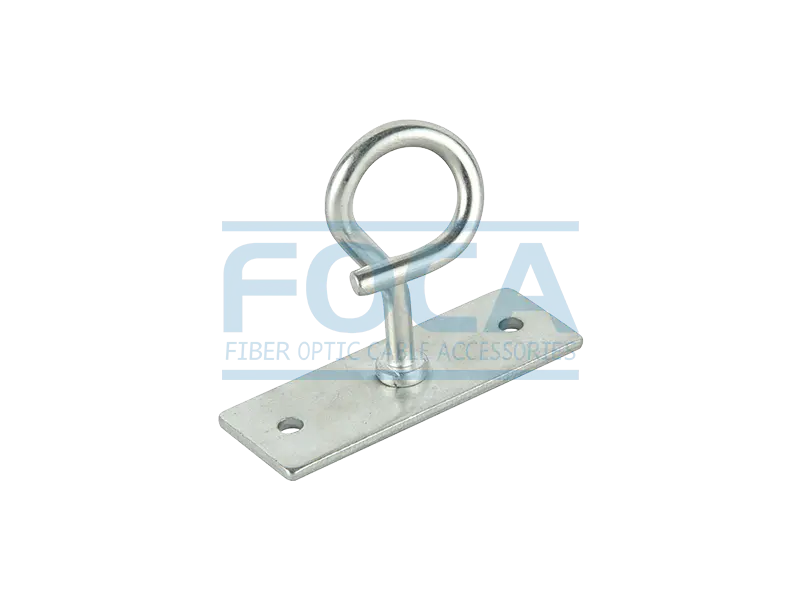Copper cables have been the traditional choice for telecommunications, networking, and cable connections for many years. Over time, however, fiber optic cables, as well as fiber optic cable accessories, have become a common alternative. Due to their higher bandwidth and faster speeds, optical fibers carry more information than traditional copper wires. Since glass does not conduct electricity, the fiber is immune to electromagnetic interference and signal loss is minimized.
Optical fiber, or fiber optics, refers to technology that transmits information as light pulses along glass or plastic optical fibers. A single fiber optic cable can contain varying numbers of these glass fibers—from a few to hundreds. It transmits data in the form of light particles (or photons) that are pulsed through a fiber optic cable. When optical signals are sent through a fiber optic cable, they bounce off the core and cladding in a series of zigzag bounces after a process called total internal reflection. Fiber optic transmission sometimes requires repeaters over long distances in order to update or enhance the signal throughout the transmission. These repeaters regenerate optical signals by converting them to electrical signals, processing the electrical signals, and retransmitting the optical signals.
The main types of optical cables are multi-mode fiber and single-mode fiber. Among them, single-mode fiber can be used for longer distances due to the smaller diameter of the glass fiber core. This smaller diameter reduces the likelihood of attenuation, a reduction in signal strength. Smaller openings isolate the light into a single beam, providing a more direct path and enabling the signal to travel greater distances.
Whereas, multimode fiber is used for shorter distances because the larger core opening allows the light signal to reflect and reflect more along the way. The larger diameter allows multiple light pulses to be sent through the cable at the same time, enabling more data transfer. However, this also means a greater chance of signal loss, reduction, or interference. The bandwidth of single-mode fiber is also much higher than that of the multi-mode fiber. The light source for single-mode fibers is usually a laser. Single-mode fiber is generally more expensive because it requires precise calculations to generate laser light in smaller openings.
Optical fiber cables are widely used in computer networks and broadcasting, Internet, cable television, submarine environment, military, space, medical and other fields due to their advantages over copper cables. Some of these advantages include that it supports higher bandwidth capacity, light can travel farther without much signal boosting, is less susceptible to interference, can be submerged in water, is stronger, thinner, lighter and they are not There are many advantages such as frequent maintenance or replacement.











